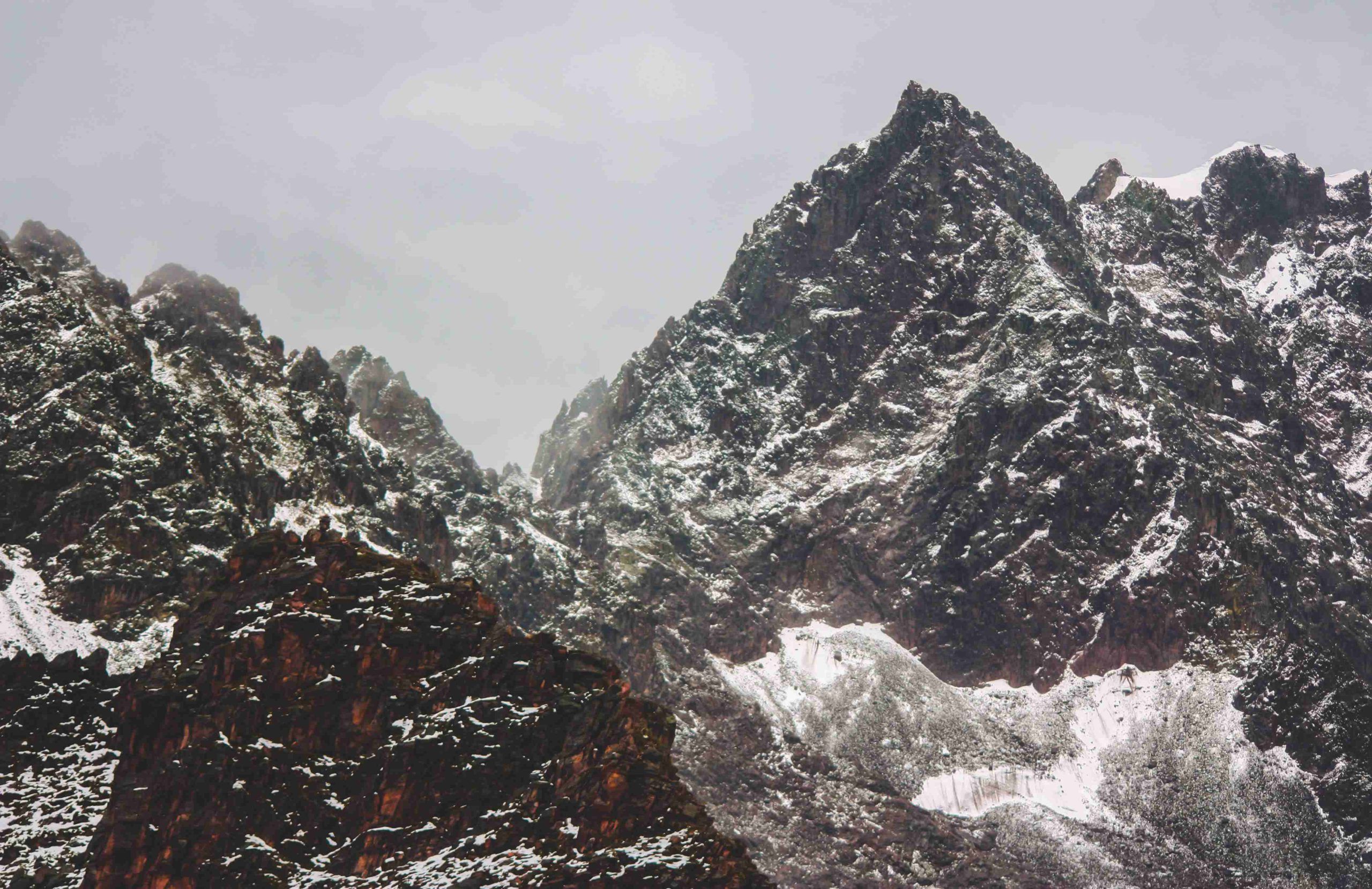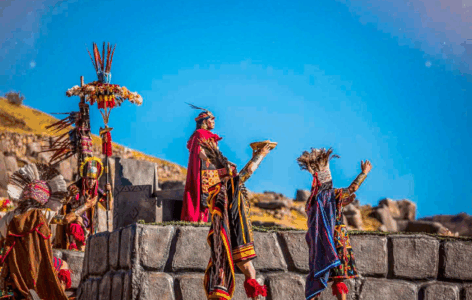Welcome to the second part of the description of the elements of the inca altar of the Qoricancha! A representation of the Andean cosmovision. It shows us the hierarchies of the Andean criteria; the reasons for correspondence and equality, a symbol that is still being studied.
If you haven’t seen Part 1 yet, we remind you to read it first and then come back here.
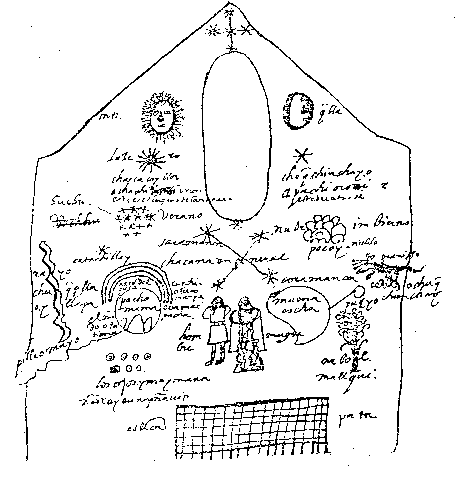
Symbols Description
Venus
Below the sun shines the morning star, also known as “chasca,” “coyllor,” or the bright star.
Inca comunity honored this drawing because it represented the planet Venus, which served as the sun’s page.
At times, Venus led ahead to guide its lord along the path, and at other times, it followed behind, retrieving what the sun absentmindedly overlooked.
Venus possessed its own temple in the Qoricancha and was revered as a mediator between the sun and the moon, alternating its presence between the two luminaries.
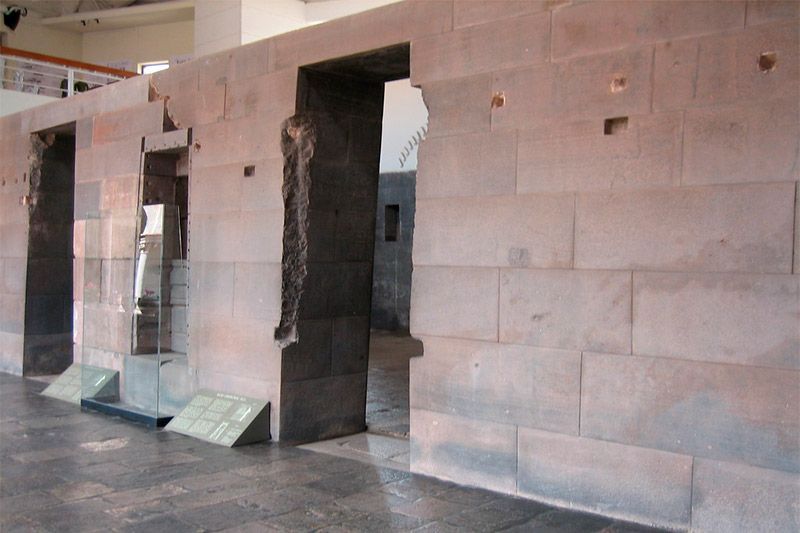
Mars
Below the moon is the evening star, also known as “Apachi Orori.”
This drawing represents Mars, the red planet, which is also visible in the evenings. It was also called the walker or púreq.
They said it carried all the missions entrusted by the gods of the sky. It’s not known if it had its own temple, but in any case, it held a special place in the cosmogonic altar.
Pleiades
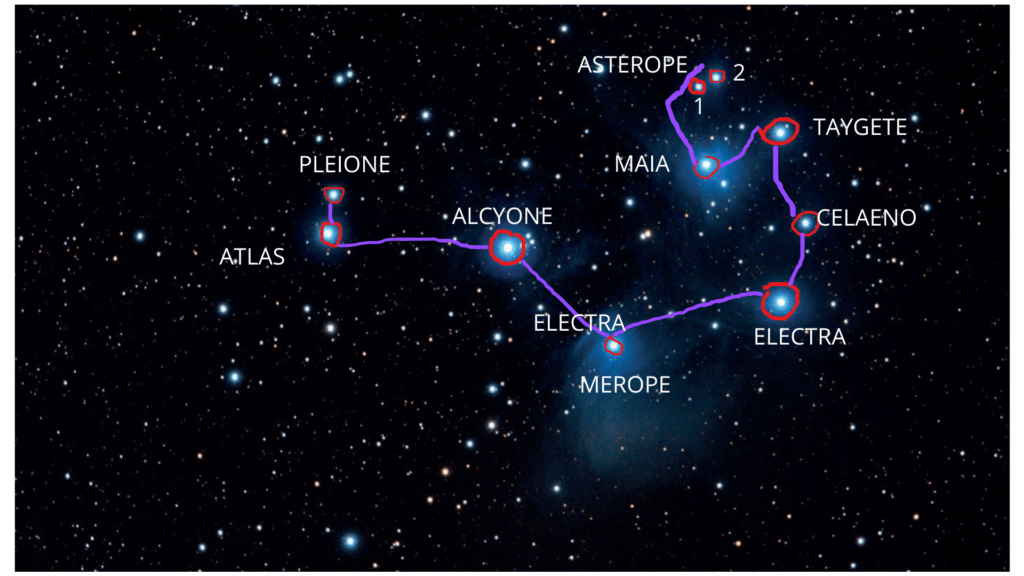
Below the sun, immediately after Venus, there is a cluster of stars called Huchu, which corresponds to the Pleiades and consists of 9 stars:
Alcyone, Electra, Maia, Merope, Taygeta, Atlas, Pleione, Celaeno, and Asterope
The Incas also referred to these stars as “las cabrillas” and named them “collqas,” meaning granary.
The collqas can be observed in Cusco with the naked eye during the sunsets of May and June, coinciding with the festivals of Inti Raymi.
The best ears of corn were separated for the chica harvest, potatoes, oca, and olluco were harvested.
Also during this month, quinoa is harvested, villages are cleaned, ditches are repaired, and pairs are prepared to marry Huarmi Ccocuc.
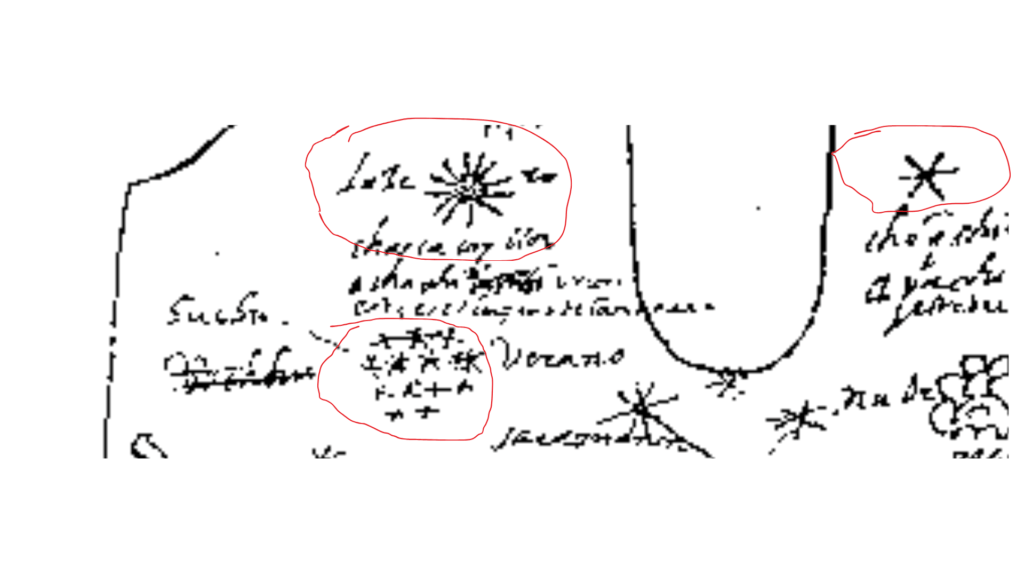
References:
- Candia M, C; Del Solar, M y Iwaki O, R. (1994). Altar Inka del Ccorik’ancha. Cuadernos Andinos Nº10.
- Estermann, J. (1998) Filosofía Andina. Un estudio intercultural de la sabiduría autóctona andina. Biblioteca Seminario San Antonio Abad, Cusco.

